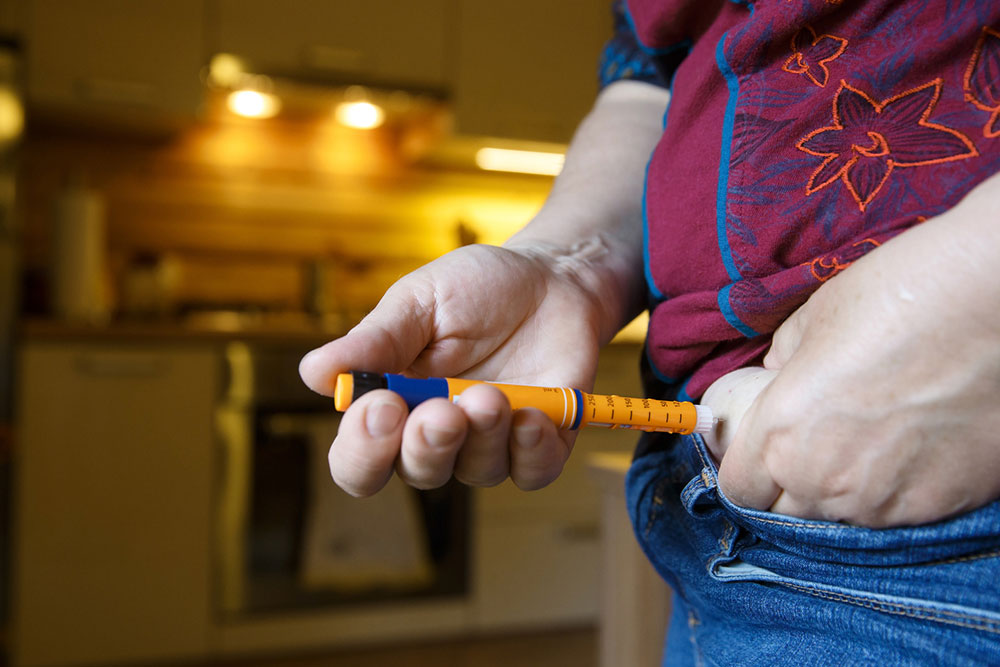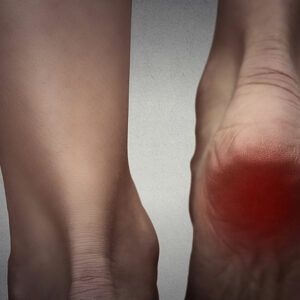All You Need to Know about Type 1 Diabetes

Type 1 diabetes is a chronic condition in which the pancreas almost stop producing the insulin hormone that is needed to allow the glucose (sugar) to enter the cells and produce energy. This chronic condition is also known as insulin-dependent diabetes or juvenile diabetes. It usually occurs when the immune system destroys the beta cells in the pancreas.
Different medical research reports have reflected that several factors, including some viruses and genetics, may lead to this chronic condition. According to these medical reports, usually, type 1 diabetes can appear during the adolescence or childhood, and it can develop slowly in adults as well.
Till date, different medical studies on this chronic condition have not come up with a permanent cure or remedy. However, the treatment mainly focuses on keeping the blood sugar levels in control with insulin. Additionally, some lifestyle changes along with a healthy diet can help prevent complications caused by type 1 diabetes.
Symptoms of type 1 diabetes
Due to this chronic condition, glucose from food items is unable to enter the cells and produce energy. Instead, it starts to build up in the blood, resulting in high blood sugar. It also causes the cells to starve. To prevent the life-threatening health complications caused by type 1 diabetes, patients require proper treatment. Here is a list of some of the most common symptoms of type 1 diabetes that will help you understand when to consult a doctor.
- Frequent urination: A patient with type 1 diabetes may feel like urinating quite often as the blood has extra sugar in it.
- Dehydration: The patient may become dehydrated due to frequent urination.
- DKA (Diabetic ketoacidosis): The combination of acidic ketones, dehydration, and extra glucose in the blood causes ketoacidosis. If not treated on time, DKA can become life-threatening.
- Weight loss
- Blurred vision
- Extreme hunger
- Increased thirst
- Mood swings and irritability
- Weakness and fatigue
In the case of children, you may notice the problem of bed-wetting at night. Yeast infection is another symptom of type 1 diabetes. Babies can suffer from the diaper rashes caused by yeast infection. Girls with this chronic condition can also suffer from yeast infection too. You may notice fruity-smelling breath as well.
Now that you know the symptoms of type 1 diabetes, it is vital to keep an eye out for the same. If you notice any of the signs and symptoms mentioned above, you should consult a medical expert to get an accurate diagnosis as well as timely treatment.
Complications associated with type 1 diabetes
Over time, the complications associated with this chronic condition can affect the major organs of the body including the blood vessels, heart, kidneys, nerves, and eyes. Such developments can be life-threatening as well.
- Neuropathy (Nerve damage): Excess blood sugar levels can injure the capillary (tiny blood vessel) walls. These capillaries are responsible for keeping the nerves nourished, especially in your legs. It can cause numbness, burning, pain or tingling sensation that usually begins at the toe tips or fingertips, and with time, spreads upwards. On failing to control the blood sugar levels, the affected limbs may lose sensation altogether. Nerve damage can affect the gastrointestinal tract and may cause problems like vomiting, nausea, constipation or diarrhea. It can also lead to erectile dysfunction in men.
- Blood vessel and heart diseases: The risk of different cardiovascular problems increases with type 1 diabetes. It may also raise the chances of stroke, heart attack, atherosclerosis (artery narrowing), and angina (disease of the coronary artery with chest pain).
- Nephropathy (Kidney damage): Millions of tiny blood vessel clusters are present in the kidneys that help in filtering the waste from the blood. This chronic condition can damage the entire filtering system. In the worst-case scenario, it can lead to irreversible end-stage kidney disease or kidney failure.
- Foot damage: Untreated type 1 diabetes can increase the risk of different foot complications. Without the right treatment, it may lead to severe infections that can eventually require amputation of the foot, toe, or leg.
- Eye damage: Type 1 diabetes can also affect the blood vessels of the retina, and without proper treatment, it may lead to blindness. With this health condition, a patient faces a higher risk of other vision-related issues like glaucoma and cataract.
Other than all the complications mentioned above, this chronic condition can lead to problems during pregnancy as well. It may increase the risks of stillbirth, birth defects, and miscarriage.
Thus, it is vital to get timely treatment for type 1 diabetes. Additonally, one should follow a healthy lifestyle to prevent any complications.



